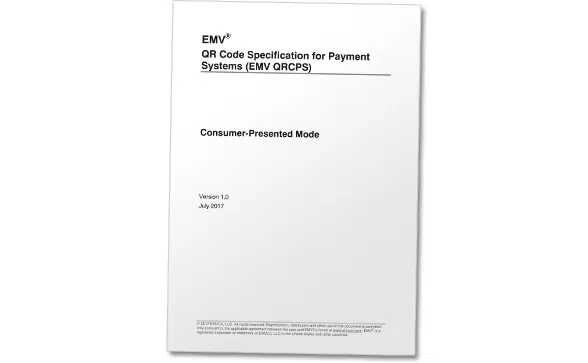
Payments standards body EMVCo has published “EMVCo QR Code Specification for Payment Systems: Consumer-Presented Mode”, a technical specification that marks the organization’s first move into standardizing the use of QR codes for mobile payments.
“EMVCo’s activity in this area is providing specifications pertaining to the use of QR code for payment purposes,” the standards body says. “To this end, the QR code serves as a one-way communication between the point of interaction and a mobile application in a consumer device. EMVCo’s areas of focus are consumer-presented QR codes and merchant-presented QR codes.”
The move to creating an international standard for QR code payments has been driven by EMVCo member UnionPay which describes the new specification as “a new breakthrough in promoting international application of China’s payment standard.”
“UnionPay has taken the lead in promoting the issuing of the specification,” UnionPay explains. “Back in June 2016, UnionPay proposed to EMVCo to establish a safe, interoperable and open QR code payment system.
“EMVCo formed a working group for evolving the QR code specification and appointed UnionPay as the group leader in the next month. Drawing upon China’s experience in developing QR code payment solutions, and based on the UnionPay QR Code Payment Specification, UnionPay led the group in drawing up the final technical solution.”
“Next, UnionPay will accelerate to promote its QR code products and services in markets outside mainland China.”
Next: Visit the NFCW Expo to find new suppliers and solutions
Good move! Innovation from China! Systems implemented by merchants based upon QR (and bar) Codes have successfully demonstrated the practicality of them for retail payments. However, this standard will move us toward a world in which they are as widely accepted as the card number on a mag-stripe or a digital token in an NFC message.
This will succeed on the basis of convenience; more mobiles can generate and read QR tags than can do NFC, One hopes that under this standard what is encoded in the QR tag is a digital token rather than a card number. Then, in addition to convenience, we will also get security.
Convenient and secure NFC and QR tags have the potential to drive the fraud plagued mag-stripe from the field.